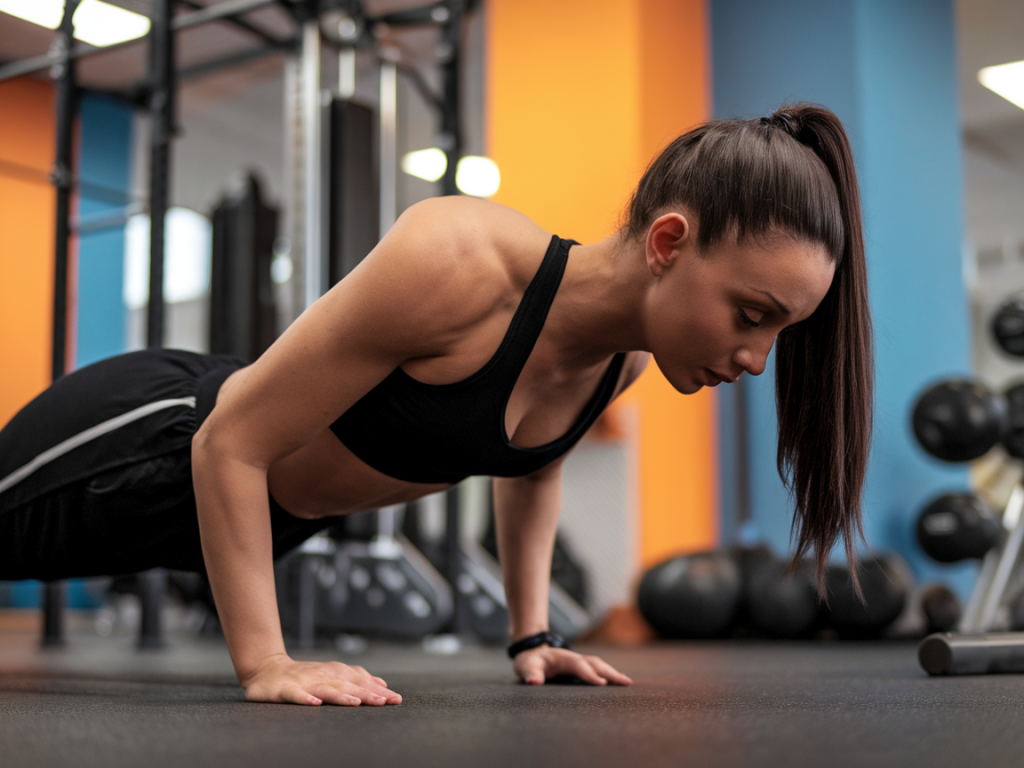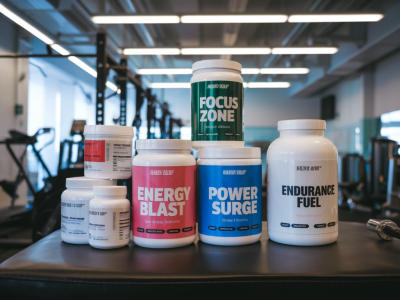
Welcome to Sport News! Fitness and health are such individual journeys, aren’t they? We all have unique lifestyles, daily schedules, and preferences that influence how we approach our well-being. So today, let's talk about crafting a fitness routine that’s truly personalized to match your unique lifestyle. Having a tailored plan isn’t just about results—it’s about sustainability and, most importantly, enjoying the process.
Start with Your "Why"
Before diving into the “how,” take a moment to reflect on your “why.” Why do you want to start or improve your fitness routine? Is it to boost your energy levels, feel stronger, manage stress, or prepare for an event? Understanding your true motivation can help you stay consistent, even on those days when getting moving feels like a chore. Personally, I’ve always turned to fitness to clear my mind and feel more grounded—especially during busy weeks. Let your “why” anchor your plan.
Evaluate Your Current Lifestyle
Now let’s get real about your lifestyle. Do you have a job that keeps you sitting at a desk all day? Are you a parent juggling packed schedules? Maybe you're studying or constantly traveling. Whatever your current routine looks like, fitness needs to complement it—not disrupt it. For example:
- If you have time constraints, focus on shorter, high-intensity workouts like HIIT (High-Intensity Interval Training).
- If your evenings are packed, consider morning yoga sessions or lunchtime walks.
- If you travel frequently, pack resistance bands and use apps like Nike Training Club for workouts on-the-go.
The goal is to make fitness a natural part of your day rather than something that requires a major overhaul.
Identify Activities You Enjoy
Let’s be honest—if you dread your workout, chances are you won’t stick to it. That’s why I always recommend experimenting with different forms of exercise to find what sparks joy. Whether it’s cycling, swimming, Zumba, yoga, Pilates, or even rock climbing, movement should be something you look forward to. Personally, I’m obsessed with yoga and the way it helps me balance fitness with mindfulness. For a change of pace, I also love boxing classes—they’re empowering and incredibly effective for cardio!
Don’t be afraid to mix things up and try something new. Some people swear by CrossFit gyms, while others love group dance classes like barre. Remember: there’s no single “best” way to exercise. The best form of exercise is the one you actually enjoy doing.
Create a Realistic Schedule
Consistency beats intensity every single time when it comes to building a fitness habit. Start by being honest about how much time you can realistically dedicate to working out each week. Your schedule might look something like this:
| Day | Activity | Duration |
|---|---|---|
| Monday | Strength Training | 30 minutes |
| Tuesday | Yoga or Stretching | 20 minutes |
| Wednesday | Cardio (Running, Cycling) | 30-45 minutes |
| Friday | HIIT Workout | 20 minutes |
| Sunday | Outdoor Walk or Light Activity | Any Duration |
The idea isn’t to work out every single day, but to find a rhythm that feels sustainable for the long term. Some weeks might include more rest days, and that’s perfectly fine, too.
Balance Cardio, Strength, and Flexibility
No fitness routine is complete without a good balance of cardio, strength training, and flexibility exercises. Each plays a crucial role:
- Cardio: Great for heart health, endurance, and overall calorie burn. Include activities like running, cycling, swimming, or even brisk walking.
- Strength Training: Builds muscle, which boosts metabolism and improves functional fitness. Think weightlifting, resistance bands, or bodyweight exercises like squats and push-ups.
- Flexibility & Mobility: Keeps your body limber and reduces the risk of injury. Yoga, stretching, or mobility drills are fantastic options.
Rather than trying to cram everything into one day, spread these elements out over the week. For example, I love dedicating one day entirely to yoga practices to focus on flexibility and mindfulness.
Monitor and Adjust
Your fitness plan doesn’t have to be set in stone. In fact, I encourage you to view it as a work in progress. Track your progress—whether that’s by keeping a workout journal, using a fitness app like Strava or MyFitnessPal, or simply paying attention to how your body feels. If something isn’t working or you lose interest, tweak your routine. Fitness should evolve alongside you.
Also, don’t hesitate to invest in tools or resources that could enhance your journey. For instance, wearable fitness trackers like a Garmin smartwatch or Apple Watch can help you stay mindful of your activity levels. Personally, I also love discovering new workout platforms like Alo Moves or Les Mills+, which offer tons of guided classes online for variety and motivation.
Listen to Your Body
Finally—above all—listen to your body. Some days you’ll feel invincible and ready to push your limits, and other days your body will crave rest. Both are equally important. Rest days are not “cheat days;” they’re a necessary part of recovery that allows your muscles to rebuild stronger. Trust me, learning to balance effort and rest has been transformative for me. Think of rest as part of the training process, not a setback!
So there you have it—a road map to creating a fitness routine that feels like a natural extension of your lifestyle. Whether you’re spinning your heart out in a Peloton class, mastering a yoga pose, or simply taking the stairs more often, celebrate every step forward. And remember, fitness is a journey, not a destination.

